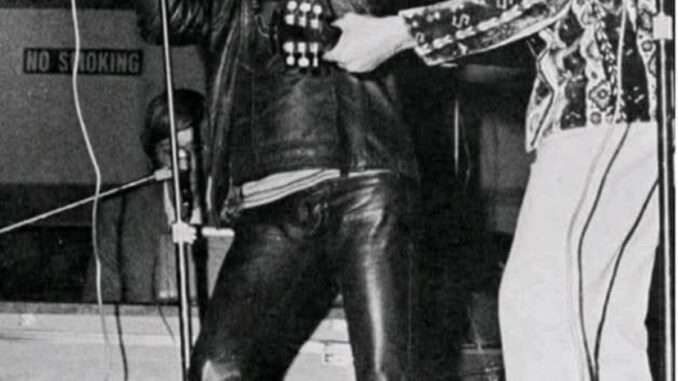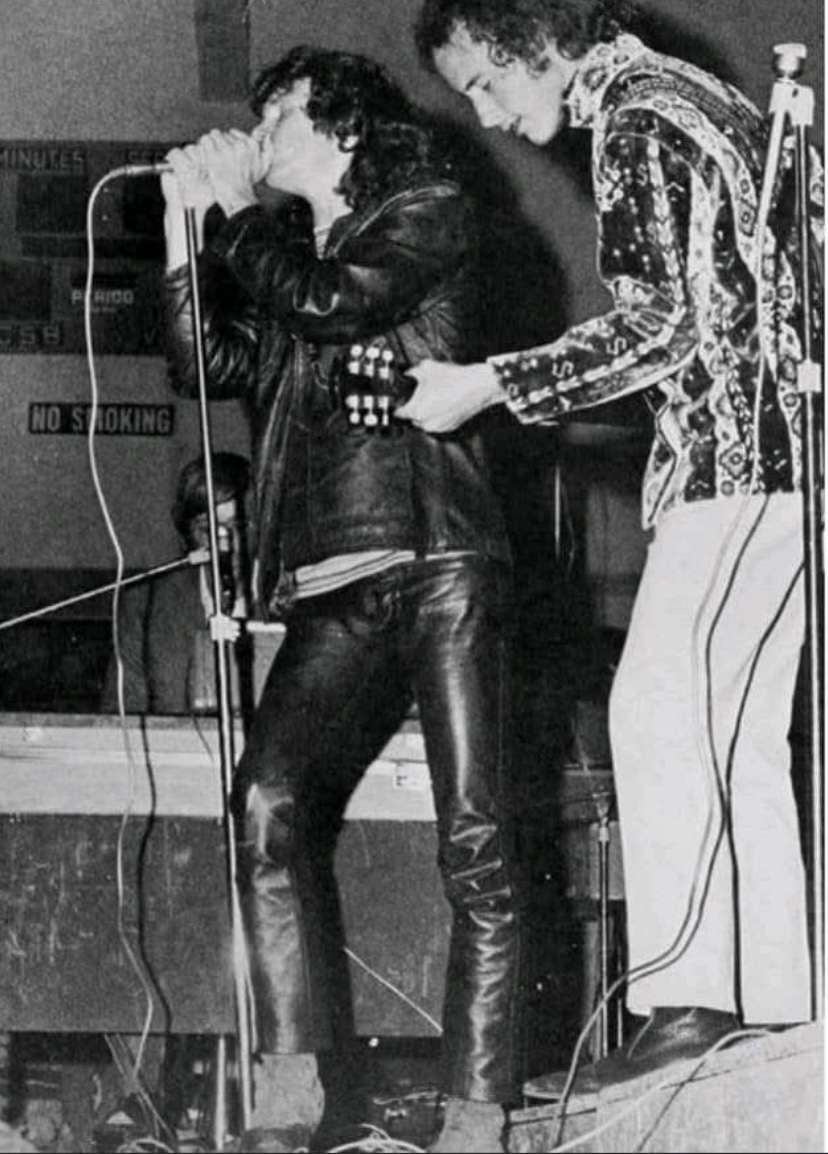
On **October 28, 1967**, The Doors took the stage at the **Robertson Gymnasium** at the **University of California, Santa Barbara**, in what would become one of the band’s most symbolic performances of their early years. The band was riding high on the success of their debut album *The Doors*, which had exploded onto the scene earlier that year with the haunting anthem **“Light My Fire.”** Yet behind the fame, behind the screaming crowds and electric poetry, **Jim Morrison**—the charismatic frontman—was already beginning to reflect on the price of stardom, the fragility of freedom, and the deeper spiritual journey he sensed waiting for him.
The Santa Barbara concert came at a moment when the counterculture was reaching its fever pitch. The “Summer of Love” had just faded into autumn, and while the youth of America danced to rock and rebellion, Morrison was turning inward. Onstage that night, he was intense, unpredictable, and almost prophetic—his deep baritone voice echoing through the gymnasium like a sermon. Students packed shoulder-to-shoulder in the humid hall, captivated by a man who seemed both possessed and profoundly aware of the times.
Those who were there remembered a Jim Morrison who performed with an edge that bordered on transcendence. Between songs like *“Break on Through (To the Other Side)”* and *“The End,”* he reportedly spoke to the audience in cryptic phrases, touching on themes of self-destruction, rebirth, and artistic freedom. It was as if he already sensed how fleeting it all was—that fame and art were temporary, but expression was eternal.
In private, Morrison had been writing more than ever—his notebooks filled with reflections on life, death, and identity. Around this period, he began to see himself less as a rock star and more as a **poet caught inside a circus of fame**. Friends and bandmates noticed his growing fascination with transcendence, mythology, and the idea of escape. “The most important kind of freedom is to be what you really are,” he once said, and by late 1967, those words were no longer just lyrics—they were a confession.
The Santa Barbara show also marked a pivotal turning point in The Doors’ evolution. The band—**Ray Manzarek, Robby Krieger, and John Densmore**—were tightening musically, experimenting with jazz, flamenco, and blues influences, while Morrison’s performances became increasingly theatrical. To some, it looked like chaos; to others, it was pure art. Morrison blurred the line between concert and ceremony, between performer and prophet.
After the show, according to accounts from those close to him, Morrison spoke about the contradictions of his life—how the louder the applause became, the more he wanted silence. He was just 24, yet already weary of the machine that surrounded him. “I think of myself as an intelligent, sensitive human being with the soul of a clown,” he once mused, “which always forces me to blow it at the most important moments.” That night in Santa Barbara, as the final notes of *“When the Music’s Over”* hung in the air, it was as if he was speaking directly to that contradiction—longing for meaning amid the madness.
Looking back now, that 1967 performance feels almost prophetic. Within just four years, Morrison would leave the United States for Paris, where he died in 1971 at the age of 27. But in those brief years between, The Doors transformed from a campus cult band into one of the greatest rock acts of all time. And Morrison—part poet, part shaman, part philosopher—continued to haunt the stage with the same wild energy he displayed in Santa Barbara.
In retrospect, the Robertson Gymnasium concert wasn’t just another date on The Doors’ tour—it was a **snapshot of Morrison at the crossroads**. He stood before a generation hungry for meaning, offering not answers but questions. His reflections—both spoken and sung—captured the essence of the late ’60s: the search for truth, the rebellion against conformity, and the awareness that everything beautiful must eventually burn out.
That night in Santa Barbara, Jim Morrison didn’t just perform—he revealed himself. A young man on fire, already walking the thin line between legend and loss.
Leave a Reply